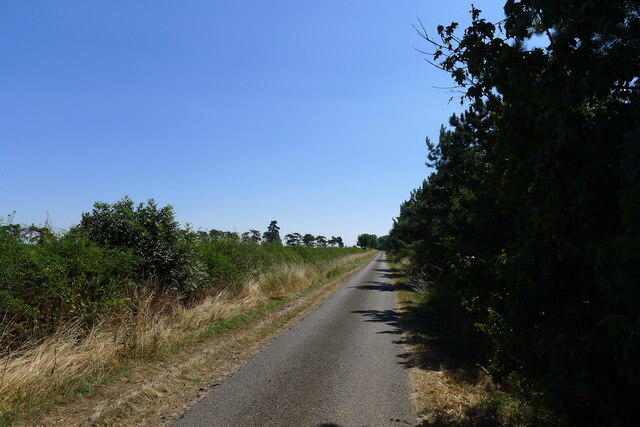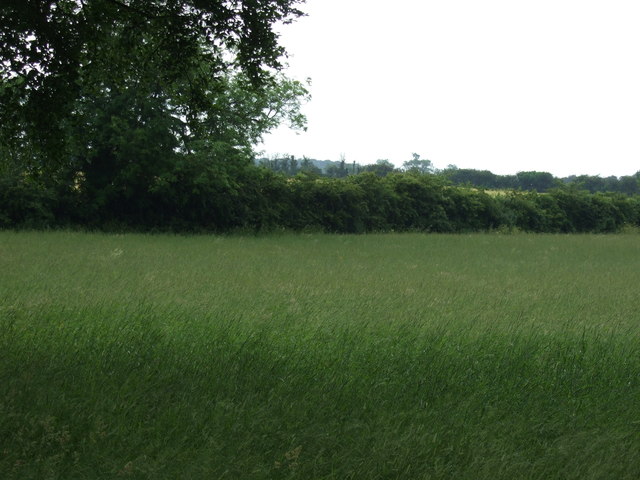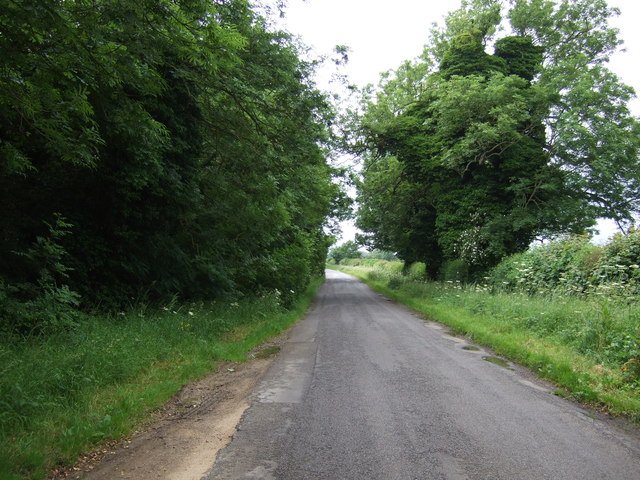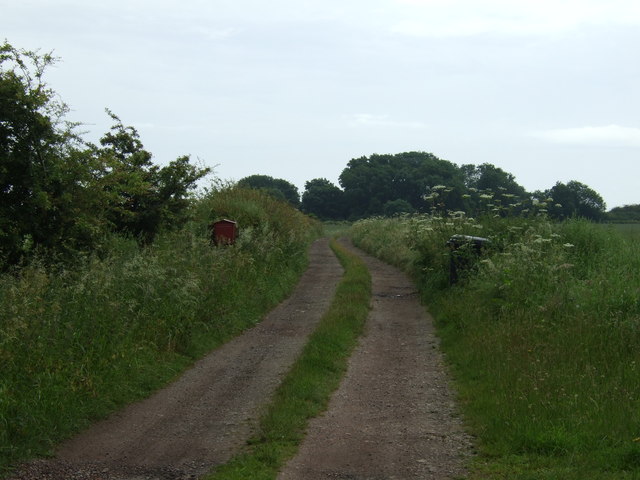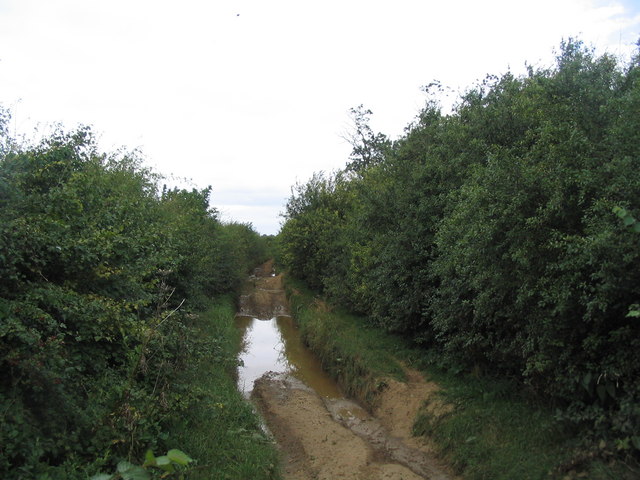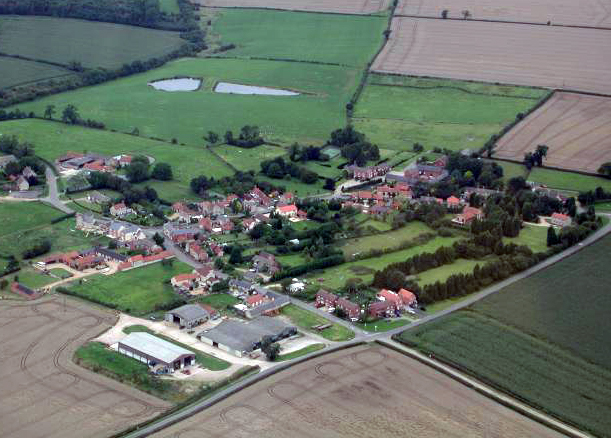Cooper's Plantation
Wood, Forest in Leicestershire Melton
England
Cooper's Plantation
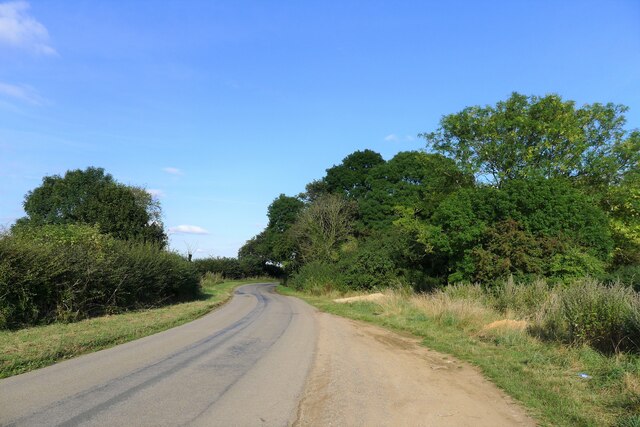
Cooper's Plantation is a picturesque woodland area located in Leicestershire, England. With its dense canopy of trees and vibrant undergrowth, it is a haven for nature enthusiasts and outdoor lovers alike. Covering an expansive area of land, the plantation is a true gem nestled within the heart of the county.
The woodland is named after the Cooper family, who owned and managed the plantation for several generations. It is believed that the family initially acquired the land in the early 19th century, and since then, it has been carefully preserved and developed into the beautiful woodland it is today.
Cooper's Plantation boasts a diverse range of tree species, including oak, ash, beech, and birch. This rich variety creates a unique and vibrant ecosystem, supporting a wide array of flora and fauna. The forest floor is adorned with a carpet of wildflowers, while birdsong fills the air, making it a truly enchanting place to explore.
The plantation offers a network of well-maintained walking trails, allowing visitors to immerse themselves in the natural beauty of the woodland. Whether one prefers a leisurely stroll or a more challenging hike, there are options to suit all abilities. These trails wind through the woodland, offering glimpses of native wildlife such as deer, squirrels, and various bird species.
Cooper's Plantation is not only a haven for biodiversity but also a place of tranquility and serenity. With its peaceful atmosphere and stunning natural surroundings, it provides a welcome respite from the hustle and bustle of everyday life. It is an ideal destination for nature lovers seeking solace and a closer connection with the great outdoors.
If you have any feedback on the listing, please let us know in the comments section below.
Cooper's Plantation Images
Images are sourced within 2km of 52.843585/-0.72424923 or Grid Reference SK8628. Thanks to Geograph Open Source API. All images are credited.






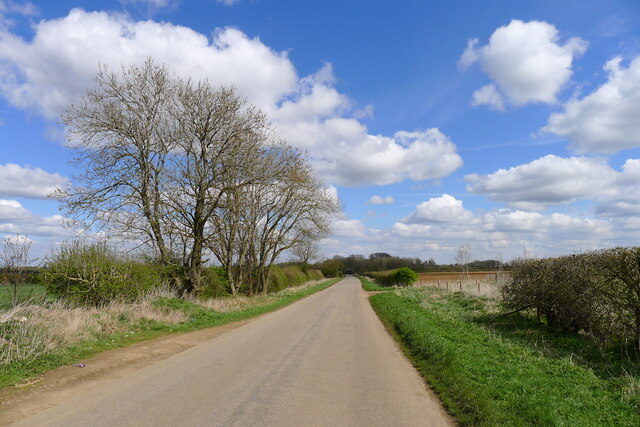
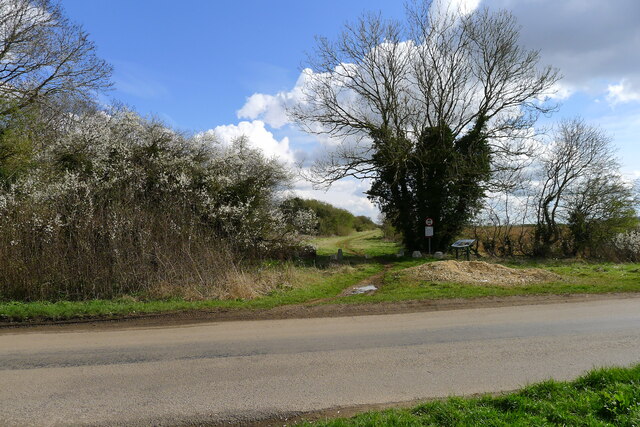
Cooper's Plantation is located at Grid Ref: SK8628 (Lat: 52.843585, Lng: -0.72424923)
Administrative County: Leicestershire
District: Melton
Police Authority: Leicestershire
What 3 Words
///balancing.blackmail.teachers. Near Colsterworth, Lincolnshire
Nearby Locations
Related Wikis
King Lud's Entrenchments and The Drift
King Lud's Entrenchments and The Drift is a 23.9 hectares (59 acres) biological Site of Special Scientific Interest which straddles the border between...
Saltby
Saltby is a village and former civil parish, now in the parish of Sproxton, in the Melton borough of Leicestershire, England. It lies close to the River...
RAF Saltby
Royal Air Force Saltby or more simply RAF Saltby is a former Royal Air Force station located near Saltby, Leicestershire, England The following units were...
Buckminster Gliding Club
The Buckminster Gliding Club (BGC) is a gliding club based at Saltby Airfield on the Leicestershire / Lincolnshire border, England. It is affiliated with...
Have you been to Cooper's Plantation?
Leave your review of Cooper's Plantation below (or comments, questions and feedback).




